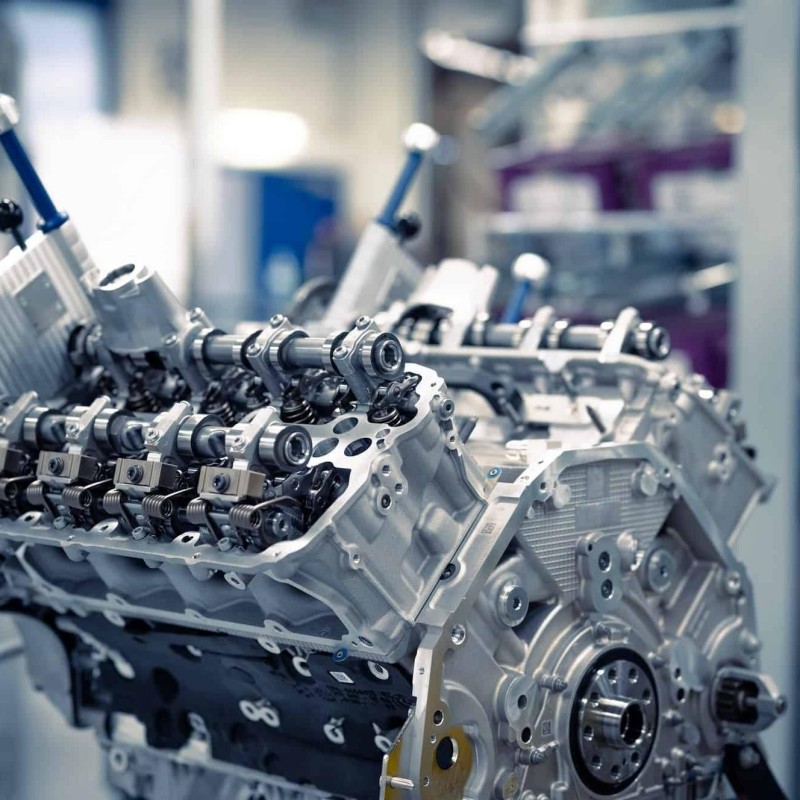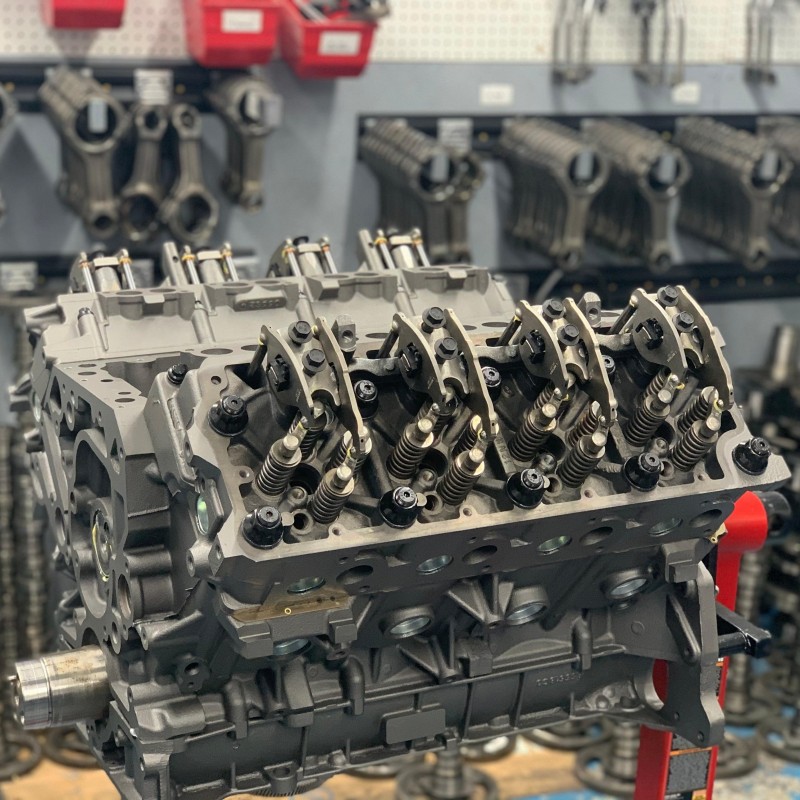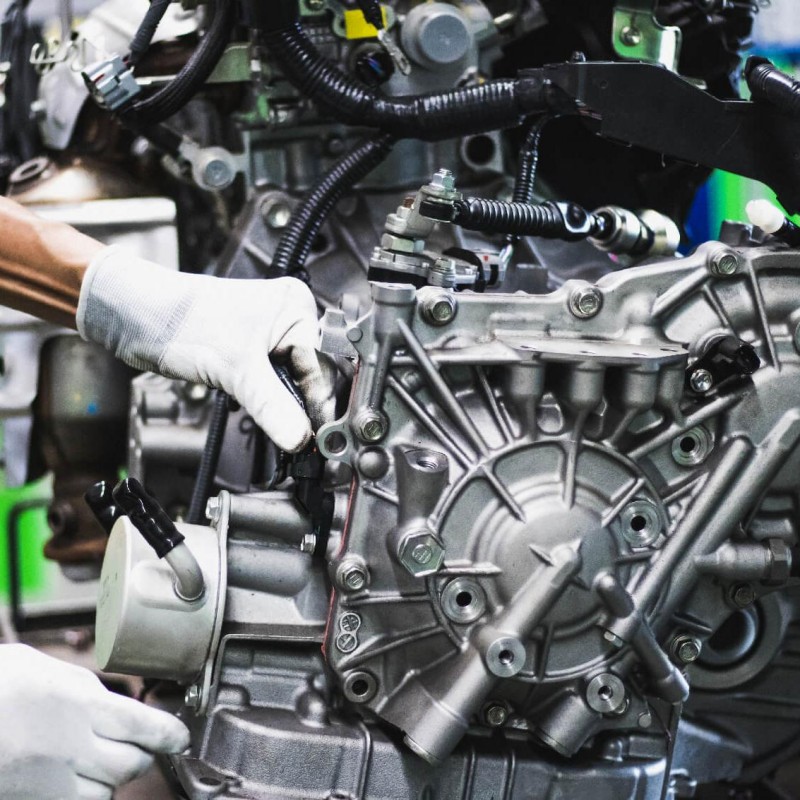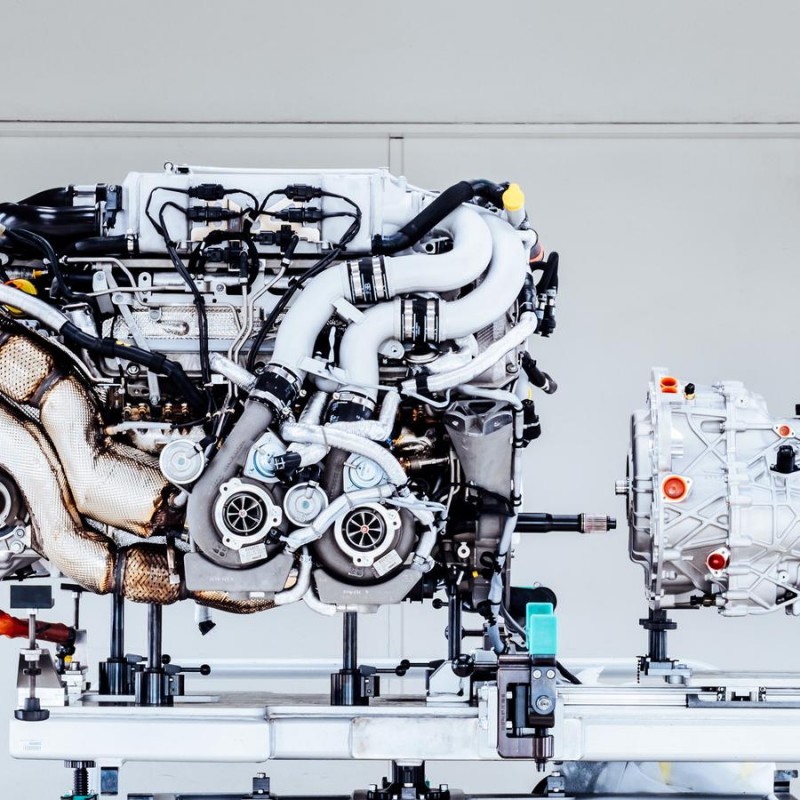When it comes to automotive engineering, few developments have generated as much excitement as the twin turbo V8 engine. This powerhouse combines the robust performance characteristics of a traditional V8 with the efficiency and responsiveness of twin turbocharging technology. The result is a remarkable engine capable of delivering breathtaking power while maintaining a level of efficiency that was once thought impossible for such high-output configurations. Whether you’re a car enthusiast, a performance seeker, or simply interested in the latest engineering marvels, the twin turbo V8 engine offers insights into the future of automotive powertrains.
In modern vehicles, the twin turbo V8 engine is making its mark across various platforms, from luxury sedans to high-performance sports cars and even trucks. The balance it strikes between raw power and enhanced torque allows manufacturers to design vehicles that satisfy diverse consumer demands. Throughout this article, we’ll explore every facet of this groundbreaking engine—from its design and technological innovations to real-world applications and comparisons with other engine types. By the end, you will have a comprehensive understanding of the twin turbo V8 engine and its significance in the world of automotive performance.
Understanding the Basics of the Twin Turbo V8 Engine
To appreciate the twin turbo V8 engine’s capabilities, it’s essential to understand its fundamental components and how they work together.
The V8 Engine Configuration
The V8 engine configuration features eight cylinders arranged in two banks of four. This layout provides several performance benefits:
- Power and Smoothness: The V8 design yields a significant displacement, which contributes to higher power output and torque. Furthermore, the engine’s balance leads to smooth operation, reducing vibrations.
- Sound: The unique firing order of V8 engines produces a distinctive exhaust note that many automotive enthusiasts cherish. The deep rumble of a V8 is iconic and often associated with performance.
The Turbocharging Mechanism
Turbocharging refers to the process of forcing more air into the engine’s combustion chamber, allowing more fuel to be burned for increased power:
- How Turbos Work: A turbocharger consists of a turbine and a compressor. Exhaust gases spin the turbine, which in turn drives the compressor to draw in more air. This process significantly enhances the amount of air-fuel mixture entering the engine.
- Twin Turbo Design: In a twin turbo setup, two turbochargers are used to optimize performance. Each turbo is usually assigned to one bank of cylinders. This design improves responsiveness and reduces turbo lag, resulting in quicker acceleration.
The Advantages of the Twin Turbo V8 Engine
The twin turbo V8 engine offers numerous advantages compared to traditional naturally aspirated engines and even single turbo systems.
Enhanced Power Output
One of the most compelling benefits of the twin turbo V8 engine is its impressive power output:
- More Horsepower: By using twin turbos, manufacturers can significantly boost the engine’s horsepower without a substantial increase in engine size. This capability allows for high-performance vehicles that still maintain everyday drivability.
- Increased Torque: The twin turbo V8 engine provides superior torque at lower RPMs. This characteristic results in quicker acceleration and improved towing capabilities, making it suitable for various applications, including trucks and SUVs.
Improved Fuel Efficiency
While traditional V8 engines are often criticized for poor fuel efficiency, twin turbo V8 engines challenge that notion:
- Better Fuel Economy: Turbocharging enables a smaller displacement engine to provide the same or better performance than a larger engine. This compact size allows for better fuel efficiency without sacrificing power.
- Optimized Fuel Combustion: Advanced engine management systems work in conjunction with turbochargers to optimize fuel delivery, contributing to efficient combustion and reduced emissions.

Versatility in Performance
The twin turbo V8 engine’s design lends itself to various applications across multiple vehicle categories:
- Diverse Vehicle Platforms: From luxury cars to high-performance sports vehicles and heavy-duty trucks, the flexibility of this engine style meets the varied demands of today’s drivers.
- Adaptable Tuning: Manufacturers can tune the engine for different outputs based on intended use. This adaptability makes it possible to produce cars that cater to performance enthusiasts and daily drivers alike.
Key Design Features of Twin Turbo V8 Engines
The design and engineering of twin turbo V8 engines involve intricate components and technology that contribute to their performance.
Intercooling Systems
An intercooler is essential in twin turbo systems, as it cools the intake air before entering the combustion chamber:
- Functionality of Intercoolers: The intercooler reduces the temperature of compressed air, thereby increasing its density. Cooler air improves combustion efficiency and power output.
- Types of Intercoolers: There are several types of intercoolers, including air-to-air and air-to-water designs. Selecting the appropriate intercooler type depends on factors such as application, space, and cooling efficiency requirements.
Engine Management Systems
Advanced engine management systems control various engine parameters to ensure optimal performance:
- Electronic Control Units (ECUs): The ECU monitors and adjusts fuel delivery, ignition timing, and turbo health. This technology allows for real-time adjustments that can fine-tune performance under different conditions.
- Performance Monitoring: Modern systems also include performance-measuring sensors that allow drivers to monitor key metrics such as boost levels and exhaust temperatures, enhancing track day preparation or day-to-day performance evaluation.
Valvetrain Technology
Innovative valvetrain technologies enhance the performance of twin turbo V8 engines:
- Variable Valve Timing (VVT): Many twin turbo V8s incorporate VVT systems to optimize airflow and performance at various RPMs. This system adjusts valve timing to improve efficiency and power output.
- Camshaft Designs: The choice of camshaft profiles and the number of camshafts can affect power and torque delivery. Dual overhead cam systems, for instance, provide better tuning for performance compared to single-cam designs.
Notable Examples of Twin Turbo V8 Engines
Several automotive brands have embraced the twin turbo V8 engine, each showcasing unique benefits and engineering advancements. Here are some notable examples:
Ford Ecoboost V8
Ford’s Ecoboost V8 is a brilliant demonstration of turbocharged performance:
- Applications: This engine powers various models, including the Ford F-150 pickup and Mustang. The Ecoboost is known for producing substantial power while maintaining impressive fuel economy.
- Performance: Ford’s twin turbo V8 generates high horsepower and torque figures, helping it outperform many naturally aspirated rivals in various driving scenarios.
GM 6.2L V8 with Twin Turbo Technology
GM has been innovative in adopting turbocharging in its larger displacement V8 engines:
- Adaptability: The 6.2L V8 engine appears in various Cadillac models and Chevrolet trucks. This versatility showcases its capability to blend performance and utility.
- Power Ratings: GM’s twin turbo V8 engine produces a robust power output, making it ideal for both luxury performance and commercial applications.
Chrysler HEMI V8 with Twin Turbo
Chrysler’s HEMI engines have incorporated turbocharging in some of their models:
- Supercharged Variants: While known for supercharging, recent models of the HEMI V8 have advanced toward tuning with twin turbos to improve performance metrics and meet updated emissions standards.
- Performance Applications: These engines can be found in high-performance vehicles, such as the Dodge Charger and Challenger, illustrating the combination of muscle car heritage with modern technology.
The Future of Twin Turbo V8 Engines
The landscape of automotive technology is ever-evolving, and the twin turbo V8 engine is no exception. Here are some trends and advancements to expect:
Electrification and Hybrid Technology
As the automotive industry shifts toward more eco-friendly solutions, hybrid variants of twin turbo V8 engines may become more common:
- Hybrid Powertrains: The integration of electric motors can complement twin turbo V8 engines, optimizing performance while further enhancing fuel efficiency. This combination allows for immediate torque delivery at lower RPMs.
- Range-Extended Models: Some manufacturers may offer hybrid models that utilize twin turbo V8 engines alongside battery systems. This design aims to provide performance without compromising emissions standards.
Advancements in Materials and Manufacturing
The twin turbo V8 engine’s future will also be influenced by innovations in materials and manufacturing processes:
- Lightweight Materials: The use of advanced lightweight materials can enhance overall engine performance while reducing weight. This shift can improve fuel efficiency and handling characteristics.
- 3D Printing: Advancements in 3D printing may lead to more efficient production of engine components. This technology can enable manufacturers to create complex geometries that enhance engine performance.

Conclusion
The twin turbo V8 engine stands at the forefront of modern automotive engineering, highlighting a blend of performance, efficiency, and versatility. By combining the robust construction of a traditional V8 with advanced turbocharging technology, this engine has revolutionized how we perceive powertrains.
With its ability to deliver exceptional horsepower and torque while improving fuel efficiency, the twin turbo V8 has become a go-to for manufacturers striving for excellence. From luxury vehicles to high-performance sports cars and robust trucks, this engine configuration has demonstrated its adaptability across various applications.
As technology continues to advance, the future of the twin turbo V8 engine looks promising. Innovations in electrification, materials, and manufacturing processes will enhance performance while addressing environmental concerns. Ultimately, embracing these advancements not only enriches the driving experience but also aligns with a more sustainable future.
In conclusion, the twin turbo V8 engine’s impact on the automotive world cannot be overstated. As a powerhouse of performance and efficiency, it encapsulates the best of modern engineering, delivering an exhilarating ride for enthusiasts and everyday drivers alike.
Tags: automotive performance, engine technology, turbocharging innovations, twin turbo v8 engine